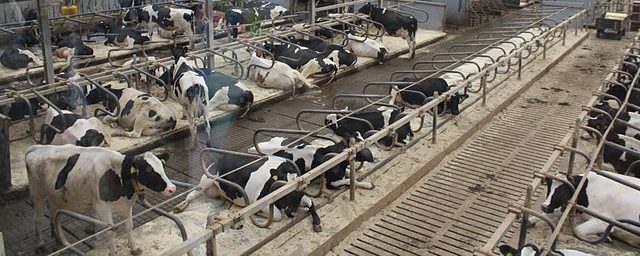In the village of Schlöben, Thuringia, inhabitants have made it-they live completely energy self-sufficient, without quarrels and without quarrels. But how did the inhabitants manage this? The MDR documentary “Dorf unter Strom – Das Selbstversorger-Dorf” has investigated this question.
The mayor Hans-Peter Perschke from Schlöben is both a dairy farmer and an energy farmer. The manure comes into the biogas plant together with corn silage and solid manure and generates electricity and heat on the farm via a combined heat and power plant (CHP).
“At the beginning of the project, we agreed that we will build the plant so large that we do not have to grow our German corn in addition. The cultivation area has not changed,” says the farmer Perschke. Two other CHP plants are located in the village and are connected to the biogas plant by gas pipeline, because there are the main customers for the heat. With the waste heat, the water is made warm for heating and showering.
Schlöben has managed the energy transition
Around 500 cows generate so much manure that in the end, statistically 7,800 people can be supplied with electricity. Schlöben does not even have 1,000 inhabitants. “Our goal is to be the bio-energy village, which has the largest heat use in Germany, perhaps also worldwide. Such a project with such complexity does not exist elsewhere in Germany. You can also say that with something like pride,” says farmer Perschke.
Schlöben has managed the energy transition. But what if all villages in Germany follow the example? Does this make sense in terms of financial policy? Could the same money be used to save more carbon dioxide (CO2) elsewhere?
Source: Agrarheute.com
